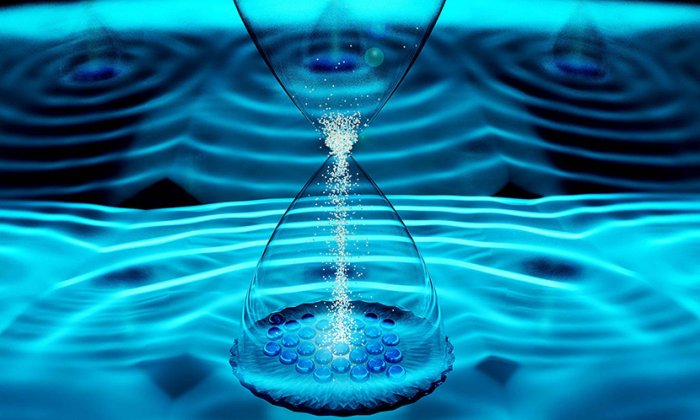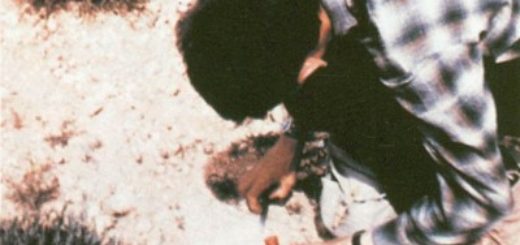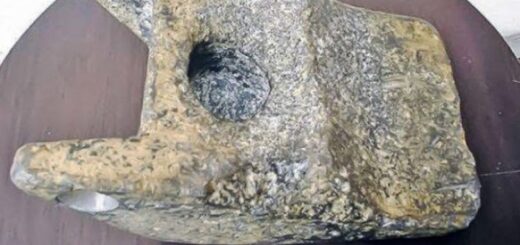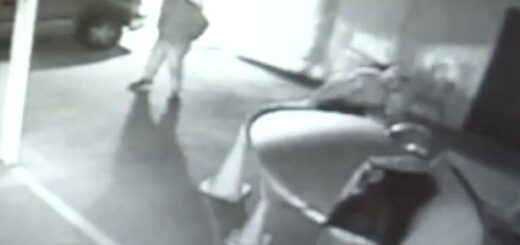World’s First Time Crystal Has Been Created – But What Is It And How Can We Use It?
– Scientists have created world’s first time crystal that seems to defy the laws of physics. It is an entirely new form of matter in which atoms move in a pattern that repeats in time rather than in space.

This exciting breakthrough in quantum physics was done independently by two American teams of scientists. One research team was from the University of Maryland, and the other from Harvard University.
“This opens the door to a whole new world of nonequilibrium phases,” says Andrew Potter, an assistant professor of physics at The University of Texas at Austin.
“We’ve taken these theoretical ideas that we’ve been poking around for the last couple of years and actually built it in the laboratory. Hopefully, this is just the first example of these, with many more to come.”
Researchers at the University of Maryland who successfully created the first time crystal from ions, or electrically charged atoms, of the element ytterbium. By applying just the right electrical field, the researchers levitated 10 of these ions above a surface like a magician’s assistant.
Next, they whacked the atoms with a laser pulse, causing them to flip head over heels. Then they hit them again and again in a regular rhythm. That set up a pattern of flips that repeated in time.
Crucially, Potter noted, the pattern of atom flips repeated only half as fast as the laser pulses. This would be like pounding on a bunch of piano keys twice a second and notes coming out only once a second. This weird quantum behavior was a signature that he and his colleagues predicted, and helped confirm that the result was indeed a time crystal.
Time crystals are similar to crystals we are familiar with, like salt and sugar. Salt, snowflakes and diamonds are all crystals, meaning their atoms are arranged in 3-D patterns that repeat. However, in a time crystal atoms move in a pattern that repeats in time rather than in space.
Crystals are common to our normal understanding of nature, but not long ago, the existence of time crystals was even questioned. Today we can produce time crystals.
The atoms in a time crystal never settle down into what’s known as thermal equilibrium, a state in which they all have the same amount of heat. It’s one of the first examples of a broad new class of matter, called nonequilibrium phases, that have been predicted but until now have remained out of reach.
Let’s not get to excited because time crystals have nothing to do with time travel, so we cannot use them to build a time machine.
Nevertheless, time crystals can be used in many other areas in the future.
One possibility is that this might be used in futuristic quantum computers. Nonequilibrium phases of matter may prove useful for storing or transferring information in quantum computers.
“What a time crystal is doing is manipulating quantum information in a period manner,” said Chetan Nayak, principal researcher at Microsoft’s Station Q and a professor of physics at the University of California, Santa Barbara. “That’s potentially useful for quantum information processing.”
Another potential application is in developing sensing instruments capable of working on very small scales. These instruments could be designed with numerous tiny time crystals, tightly packed.
The crystals would react to electrical or magnetic impulses in their local environment, but would not be easily perturbed by whatever is going on nearby. “We believe these will enable new approaches for [what are] basically quantum sensors,” Lukin said.



 Creators of mankind
Creators of mankind Description of “Tall white aliens”
Description of “Tall white aliens” Where they came from?
Where they came from? About hostile civilizations
About hostile civilizations The war for the Earth
The war for the Earth “Tall white aliens” about eternal life
“Tall white aliens” about eternal life Video: “Nordic aliens”
Video: “Nordic aliens” Aliens
Aliens Alien encounters
Alien encounters The aliens base
The aliens base UFO
UFO Technology UFO
Technology UFO Underground civilization
Underground civilization Ancient alien artifacts
Ancient alien artifacts Military and UFO
Military and UFO Mysteries and hypotheses
Mysteries and hypotheses Scientific facts
Scientific facts


















